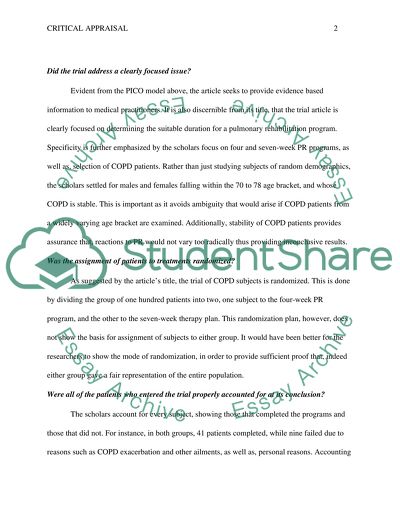Cite this document
(“Critical Appraisal of the Article How long should outpatient pulmonary Essay”, n.d.)
Critical Appraisal of the Article How long should outpatient pulmonary Essay. Retrieved from https://studentshare.org/health-sciences-medicine/1476525-critical-appraisal-of-the-article-how-long-should-outpatient-pulmonary-rehabilitation-be
Critical Appraisal of the Article How long should outpatient pulmonary Essay. Retrieved from https://studentshare.org/health-sciences-medicine/1476525-critical-appraisal-of-the-article-how-long-should-outpatient-pulmonary-rehabilitation-be
(Critical Appraisal of the Article How Long Should Outpatient Pulmonary Essay)
Critical Appraisal of the Article How Long Should Outpatient Pulmonary Essay. https://studentshare.org/health-sciences-medicine/1476525-critical-appraisal-of-the-article-how-long-should-outpatient-pulmonary-rehabilitation-be.
Critical Appraisal of the Article How Long Should Outpatient Pulmonary Essay. https://studentshare.org/health-sciences-medicine/1476525-critical-appraisal-of-the-article-how-long-should-outpatient-pulmonary-rehabilitation-be.
“Critical Appraisal of the Article How Long Should Outpatient Pulmonary Essay”, n.d. https://studentshare.org/health-sciences-medicine/1476525-critical-appraisal-of-the-article-how-long-should-outpatient-pulmonary-rehabilitation-be.


